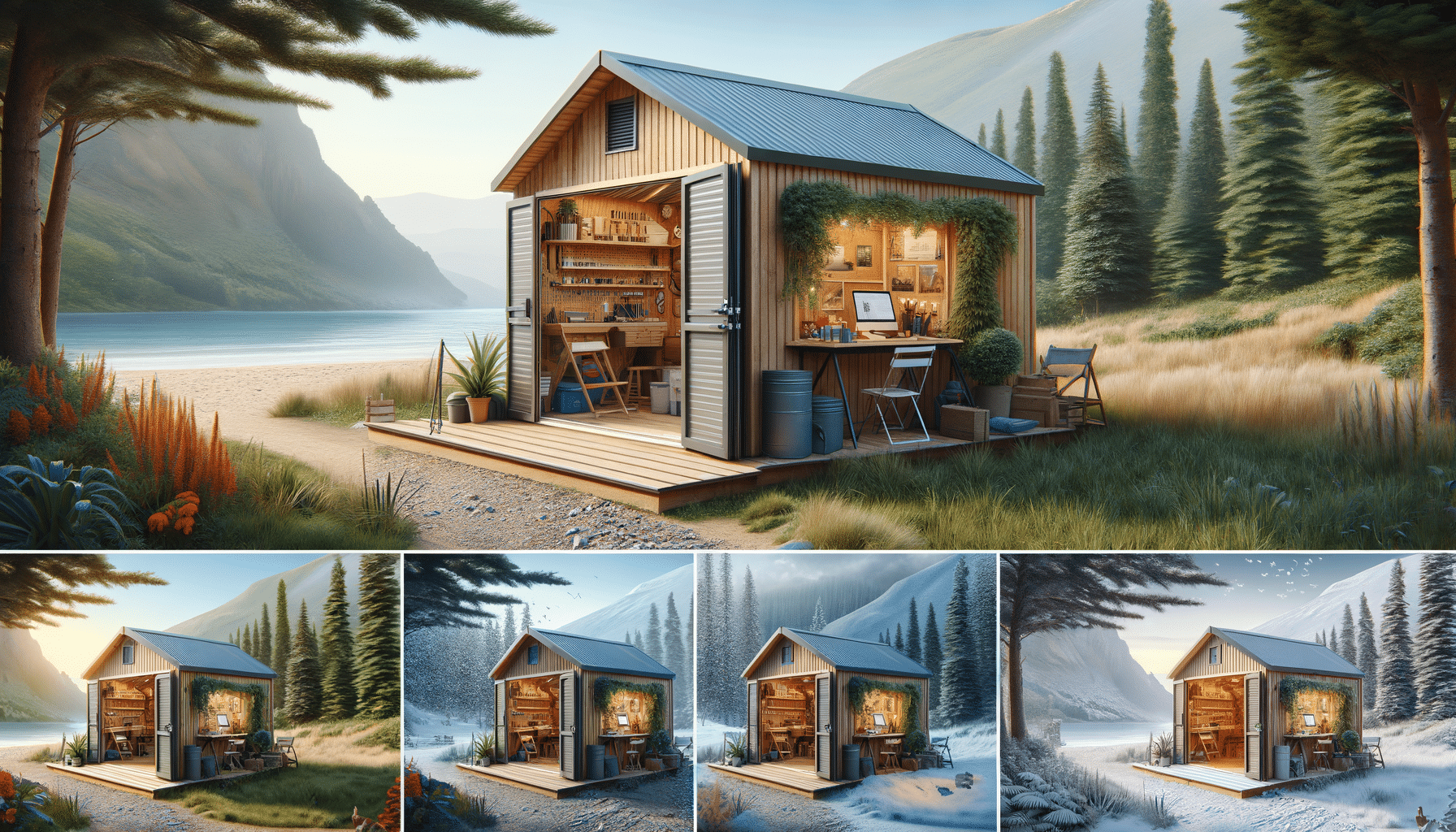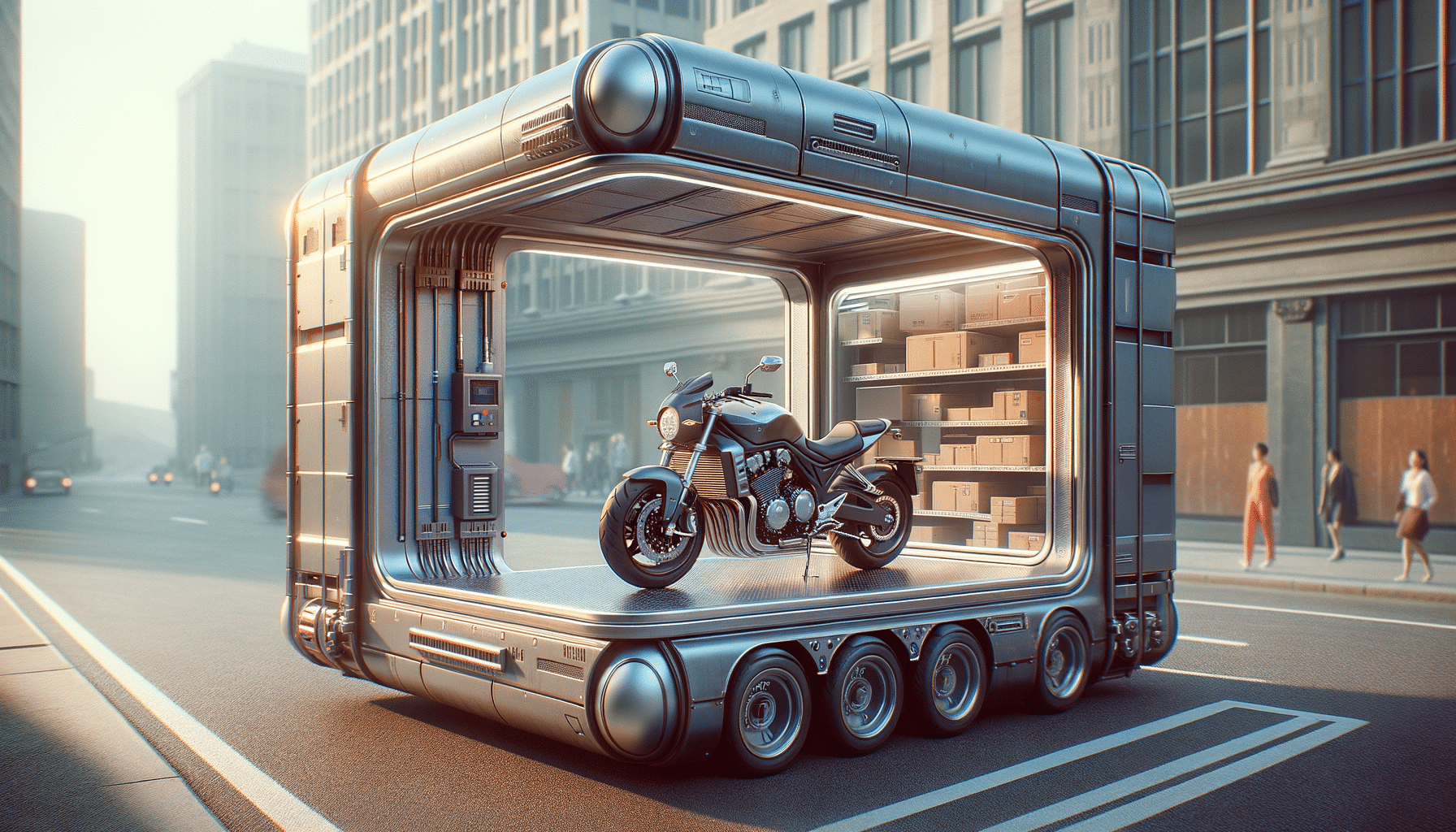
Exploring the Versatility of Portable Sheds: A Comprehensive Guide
Understanding Portable Sheds
Portable sheds are versatile structures designed to offer temporary or semi-permanent storage solutions. Unlike traditional sheds, these units can be easily relocated, making them an ideal choice for those who need flexibility. The primary materials used in constructing portable sheds include metal, plastic, and wood, each offering distinct benefits. Metal sheds are known for their durability and resistance to the elements, while plastic sheds are lightweight and often require less maintenance. Wooden sheds, on the other hand, provide a more classic aesthetic and can be customized to fit specific design preferences.
One of the key advantages of portable sheds is their ease of assembly. Many models are designed for quick setup and takedown, allowing users to transport them to different locations as needed. This makes them particularly useful for seasonal storage or temporary workspaces. Additionally, portable sheds come in various sizes and configurations, catering to a wide range of needs, from small garden tools to larger equipment and vehicles.
When selecting a portable shed, it’s important to consider the intended use, available space, and budget. By evaluating these factors, you can choose a shed that not only meets your storage requirements but also complements your property’s overall design.
Benefits of Portable Sheds
Portable sheds offer numerous benefits that make them an attractive option for homeowners and businesses. One of the most significant advantages is their flexibility. Unlike permanent structures, portable sheds can be moved to different locations as needed, providing adaptable storage solutions for changing needs. This is particularly beneficial for those who may relocate frequently or have fluctuating storage requirements.
Another advantage of portable sheds is their cost-effectiveness. These structures are generally more affordable than building a permanent shed, making them an ideal choice for budget-conscious individuals. Additionally, portable sheds often require less maintenance than traditional buildings, saving time and money on upkeep.
Portable sheds also offer quick and easy installation. Many models come with pre-fabricated parts that can be assembled with minimal tools and expertise. This allows users to set up their storage space quickly without the need for professional assistance. Furthermore, portable sheds can be customized with various features, such as shelving, windows, and ventilation, to suit specific needs.
- Flexibility and mobility
- Cost-effective solution
- Quick installation
- Low maintenance
Applications of Portable Sheds
The versatility of portable sheds makes them suitable for a wide range of applications. In residential settings, they are commonly used for storing garden tools, lawn equipment, and outdoor furniture. They can also serve as workshops or hobby spaces, providing a dedicated area for various projects without taking up valuable indoor space.
In commercial and industrial contexts, portable sheds can function as temporary storage for equipment, materials, and inventory. They are particularly useful on construction sites, where they can be moved as needed to accommodate changing project requirements. Additionally, portable sheds can be used as temporary offices or break rooms, offering a comfortable space for employees during work hours.
For those in the agricultural sector, portable sheds provide an efficient solution for storing feed, tools, and machinery. Their mobility allows farmers to relocate them as needed, ensuring that storage is always conveniently located. Furthermore, portable sheds can be used as animal shelters, offering protection from the elements for livestock.
Choosing the Right Portable Shed
Selecting the right portable shed involves considering several factors to ensure it meets your specific needs. The first step is to determine the primary purpose of the shed, as this will influence the size, material, and features required. For instance, if you need a shed for storing large equipment, you’ll need a larger structure with reinforced flooring.
Next, consider the available space on your property. Measure the area where you plan to place the shed, ensuring there is sufficient room for both the structure and any necessary access paths. It’s also important to check local regulations and zoning laws to ensure compliance with any restrictions.
Material choice is another crucial factor. Metal sheds offer durability and weather resistance, while plastic sheds are lightweight and easy to maintain. Wooden sheds provide a traditional look and can be customized to match your property’s aesthetic. Consider the climate in your area and choose a material that will withstand local weather conditions.
- Determine the primary use
- Measure available space
- Check local regulations
- Choose the appropriate material
Maintaining Your Portable Shed
Proper maintenance is essential to ensure the longevity and functionality of your portable shed. Regular inspections can help identify any potential issues, such as leaks, rust, or structural damage, allowing for timely repairs. For metal sheds, it’s important to check for signs of corrosion and apply rust-resistant treatments as needed.
Plastic sheds require minimal maintenance, but it’s still important to keep them clean and free of debris. Regularly washing the exterior with mild soap and water can prevent dirt buildup and maintain the shed’s appearance. For wooden sheds, applying a weatherproof sealant can protect against moisture and extend the life of the structure.
Additionally, ensure that the shed’s foundation remains stable and level. Shifting ground can cause misalignment, leading to issues with doors and windows. If you notice any movement, consider reinforcing the foundation or adjusting the shed’s position.
- Regular inspections
- Apply rust-resistant treatments
- Clean and seal surfaces
- Ensure a stable foundation

